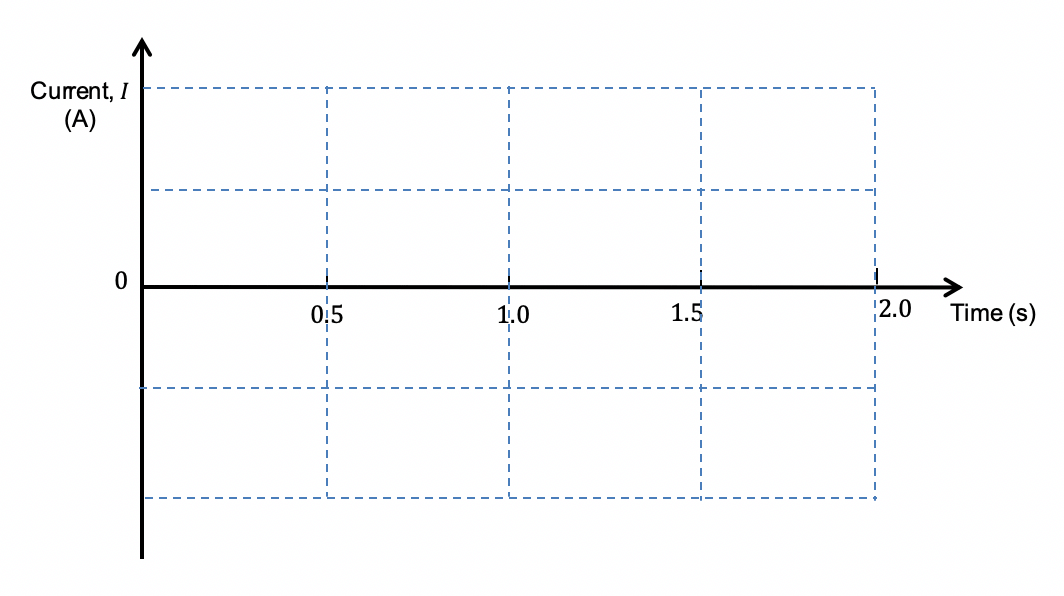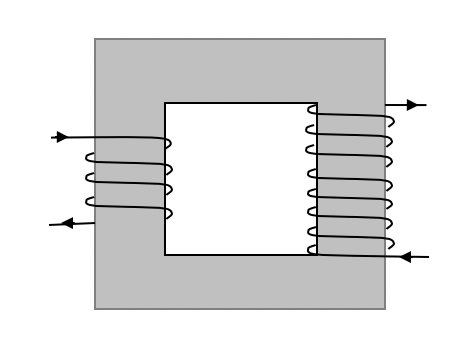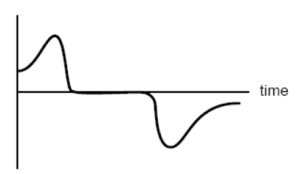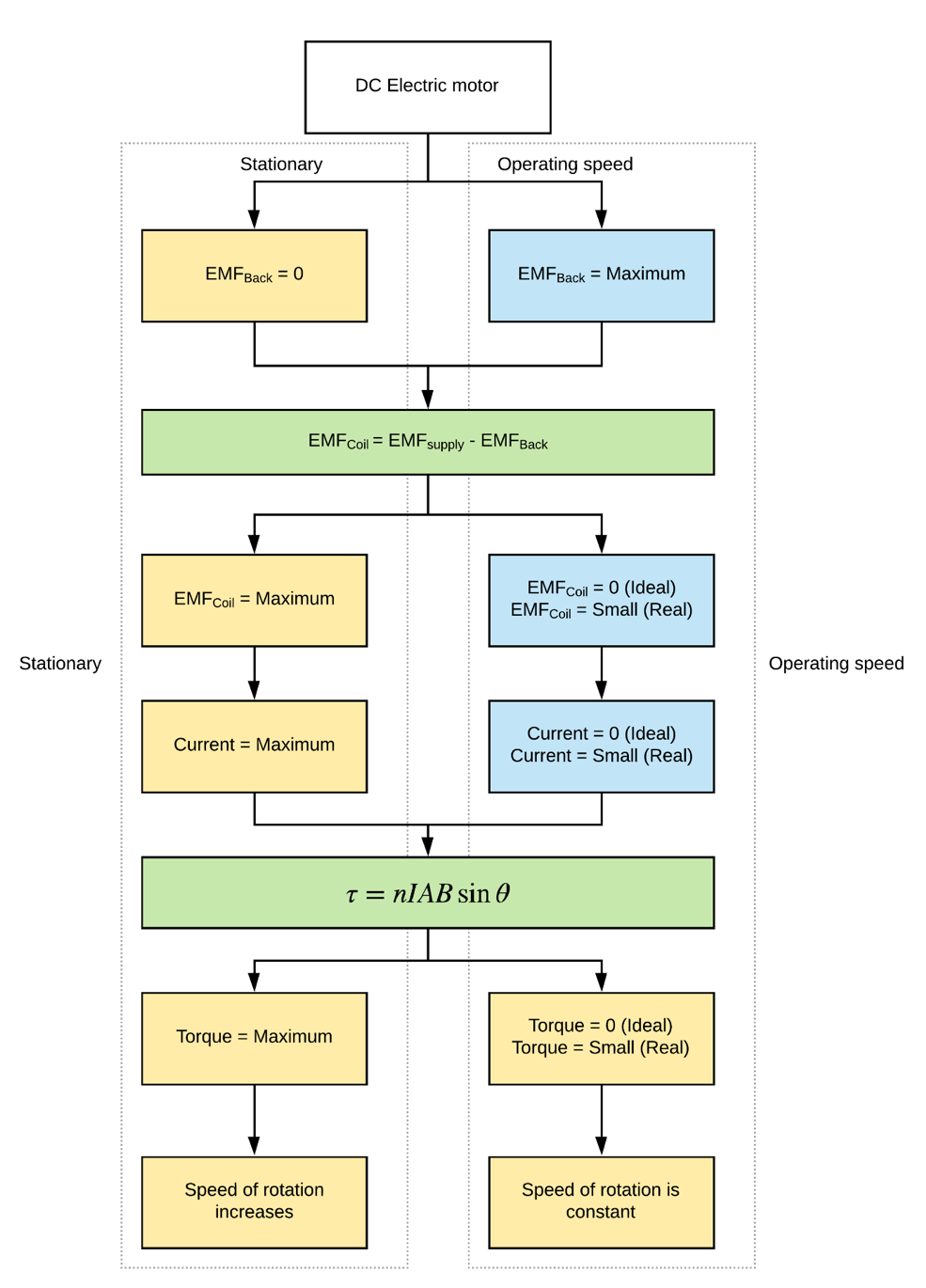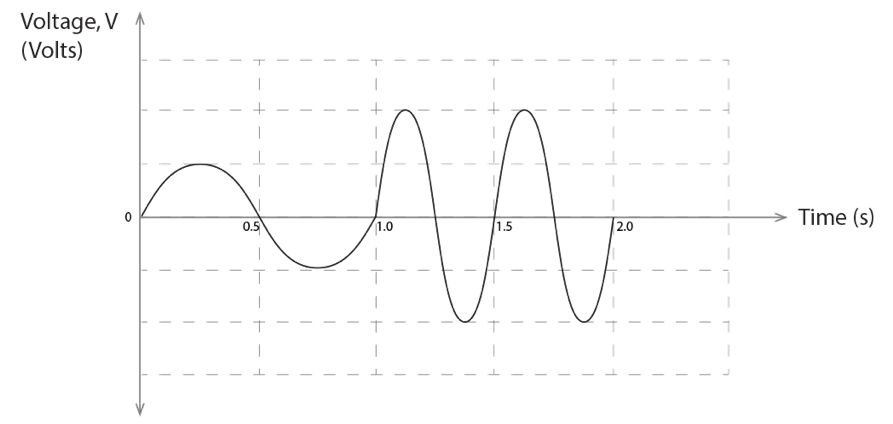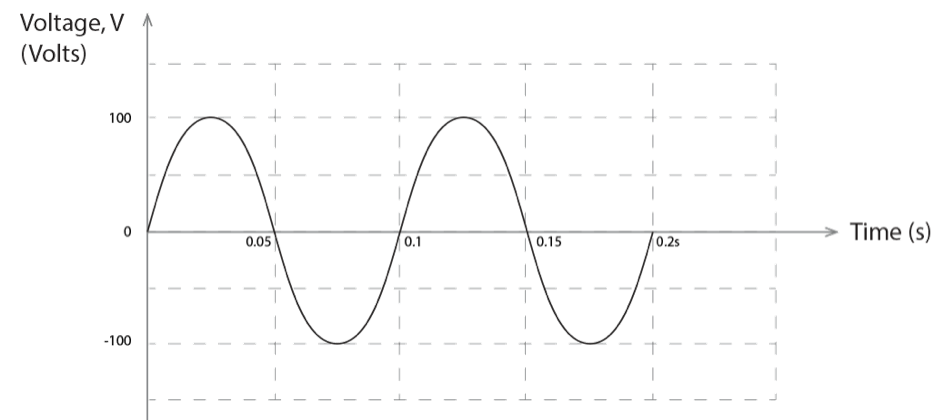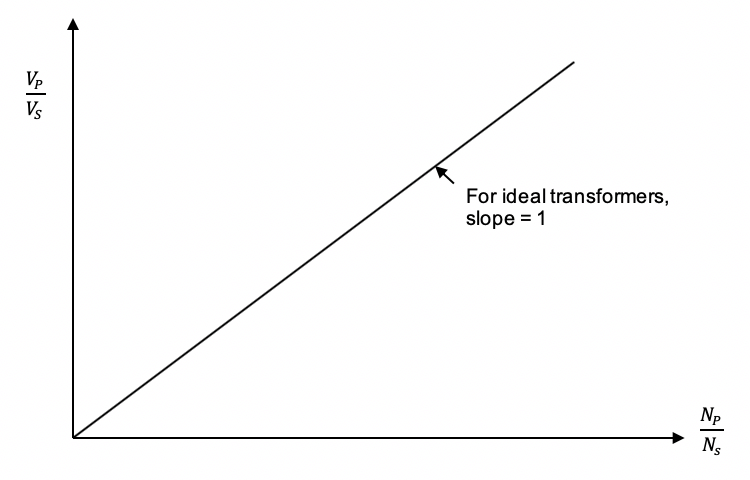HSC Physics Module 6 Electromagnetism Questions with Solutions
Test your exam readiness HSC Physics Module 6 Electromagnetism
HSC Physics Module 6 consists of difficult Physics concepts such as electromagnetic induction. Hence some of the most challenging questions in the HSC Physics Exams are sourced from Module 6 Electromagnetism.
Students will either love or hate Module 6 Electromagnetism because of its conceptual difficulty.
In this article, we reveal:
- The 21 question types from the HSC Physics Module 6 Syllabus
- The 12 Must Know Questions to ace your next HSC Physics Module 6 Exam
What type of questions are commonly asked on Module 6 Electromagnetism?
The 21 question types from the Module 6 electromagnetism syllabus are listed below:
| Key Concept | Question Type |
| Electric field |
|
| Magnetic field |
|
| Magnetic force |
|
| DC electric motor |
|
| Electromagnetic induction |
|
| Application of Lenz’s Law |
|
| Back EMF |
|
| Generators |
|
| Transmission |
|
Test your exam readiness with the following 12 challenging exam-style questions on Module 6 Electromagnetism.
12 Must Know Questions on HSC Physics Module 6 Electromagnetism
Question 1 (Motion of charged in electric fields)
Two equally charged particles travelling with the same velocity enter a region in which there is a constant magnetic field directed out of the paper as shown.
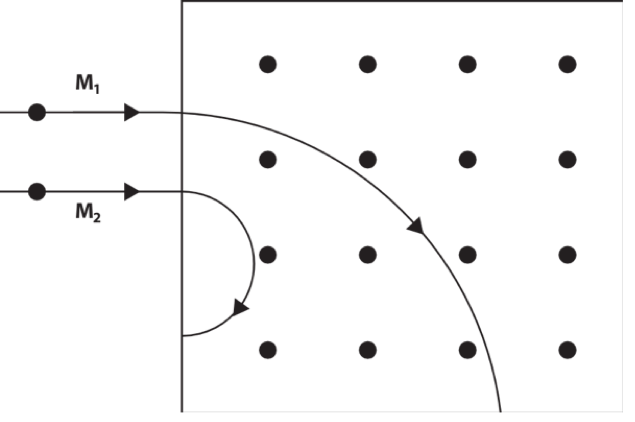
The particles, and , follow different paths in the magnetic field. Which of the following statements is correct regarding the two charged particles M1 and M2?
| (A) | M1 has a smaller mass than M2. |
| (B) | M1 has a greater acceleration than M2 |
| (C) | M1 and M2 are both negatively charged particles |
| (D) | M1 has a greater mass to charge ratio than M2 |
Question 2 (Magnetic force between parallel conductors)
P, Q and R are straight, current-carrying conductors. They all carry currents of the same magnitude I . Conductors P and Q are fixed in place. The magnitude of the force between conductors Q and R is F newtons.
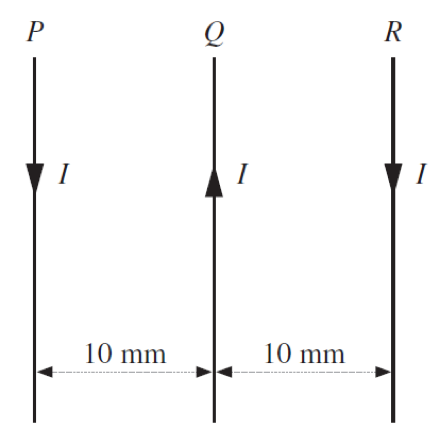
What is the net force on conductor P when it is in the position shown?
| (A) | \frac{F}{2} newtons to the left |
| (B) | \frac{F}{2} newtons to the right |
| (C) | 2F newtons to the left |
| (D) | 2F newtons to the right |
Question 3 (Motor effect in DC motors)
The diagram below shows the side view of the coil in a single coil motor.

The equations \tau=nIAB sin \theta and F=ILB sin \phi can be used to calculate the torque in the motor and the force on the length of wire running into the page respectively.
What are the angles \theta and \phi in the above equations for the motor as shown in the diagram?
| (A) | \theta = 30 \degree | \phi = 90 \degree |
| (B) | \theta = 30 \degree | \phi = 30 \degree |
| (C) | \theta = 60 \degree | \phi = 90 \degree |
| (D) | \theta = 60 \degree | \phi = 30 \degree |
Question 4 (Torque produced by a DC motor)
The diagram shows a DC motor with curved magnets and a constant current flowing to the rotor.
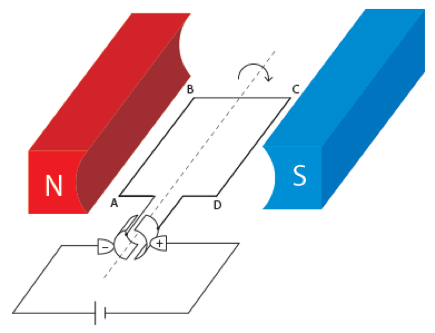
Which pair of graphs best describes the behaviour of the force on wire AB, and the torque on the rotor as functions of time t?
| (A) | 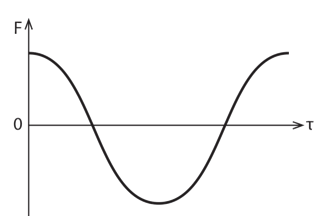 | 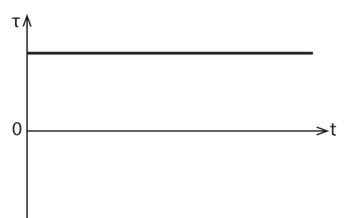 |
| (B) | 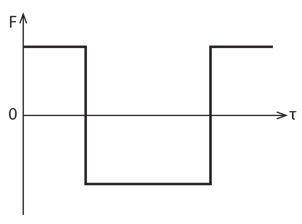 | 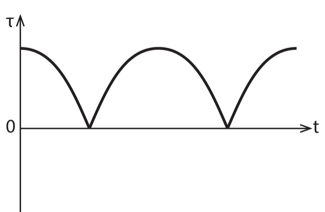 |
| (C) | 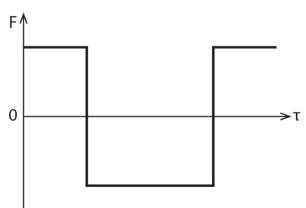 | 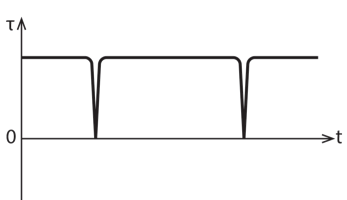 |
| (D) | 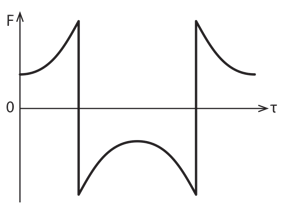 |  |
Question 5 (Operation of DC electric motor)
The diagram shows a simple DC motor rotating clockwise in a parallel magnetic field. It consists of 100 turns of wire formed into a rectangular coil of dimensions 0.2 m x 0.1 m (AB = 0.2 m and BC= 0.1 m). The coil is in a magnetic field of 2.0 x 10-2 T. A current of 4.0 A flows through the coil.
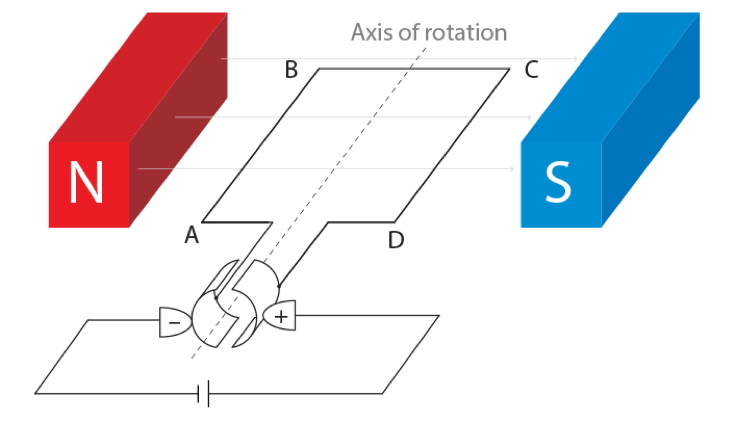
| (a) | Describe the role of the commutator | 2 |
| (b) | Calculate the magnitude and direction of the maximum torque produced by the DC motor | 2 |
| (c) | A mass is attached to the coil to prevent it from rotating. Which side of the coil (AB or DC) should the mass be attached? Hence calculate the mass. | 3 |
| (d) | A student suggests the following improvements for increasing the speed of rotation of the coil. Justify the suggestions.
| 2 |
Question 6 (Faraday’s Law of Induction)
Jackie and Jim are studying electromagnetic induction. They have a small permanent magnet and a coil of wire wound around a hollowcylinder as shown in Figure 1.
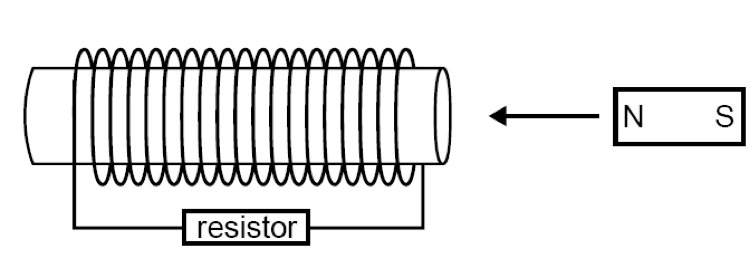
Jackie moves the magnet through the coil in the direction shown at constant speed.
| (a) | Indicate on the diagram the direction of the induced current that flows in the resistor. Explain the physics reason for your choice | 2 |
| (b) | They next decided to move the magnet, at a constant speed, all the way through the coil and out the other side. Sketch a graph of current through the coil vs time as magnet passes through the coil.
| 2 |
Question 7 (Eddy current)
An aluminium sheet was dropped and falls through a uniform magnetic field produced a U-shaped magnet. Which diagram correctly indicates the direction of the induced current as the aluminium sheet enters the uniform magnetic field?
| (A) | (B) | 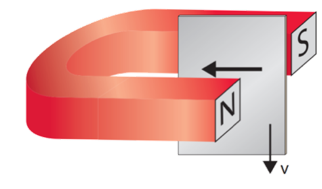 | |
| (C) |  | (D) | 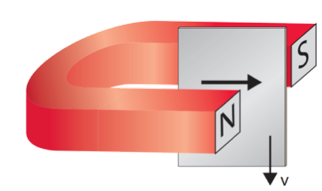 |
Question 8 (Eddy current)
In a student experiment, a bar magnet is dropped through a long plastic tube of length l and diameter d . The time taken for it to hit the floor is recorded. The experiment is repeated using a copper tube of the same length and diameter
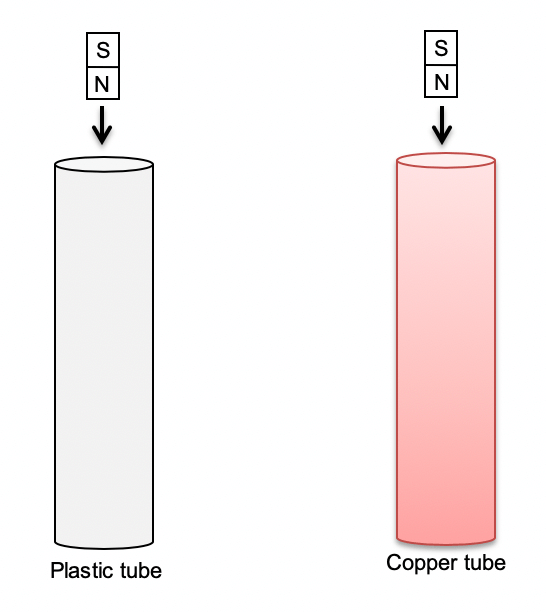
| Observation: The magnet takes longer to fall through the copper tube than through the plastic tube. Account for the difference in time taken for the magnet to fall. | 4 |
Question 9 (Back EMF in a DC motor)
An ideal DC motor is connected to a fixed voltage DC supply. Which of the following best represents how the net EMF and the torque in the rotor coil varies with the rotational speed of the motor?
| EMF vs Speed | Torque vs Speed | |
| (A) | 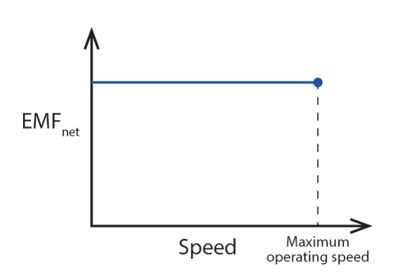 | 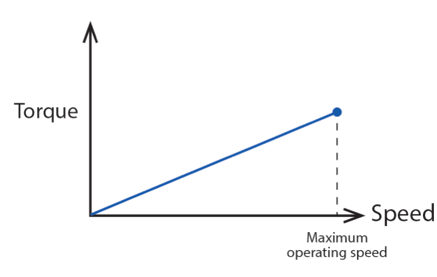 |
| (B) | 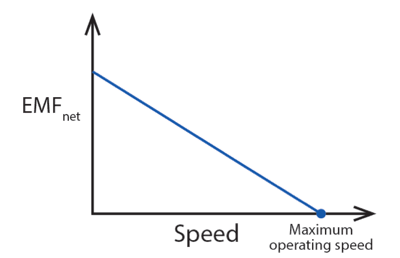 | 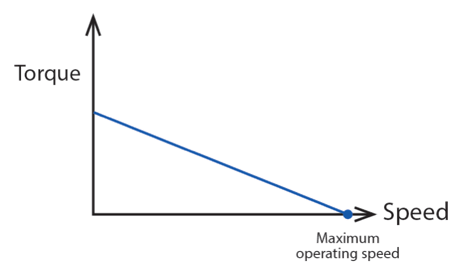 |
| (C) | 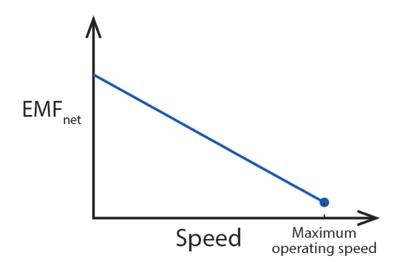 | 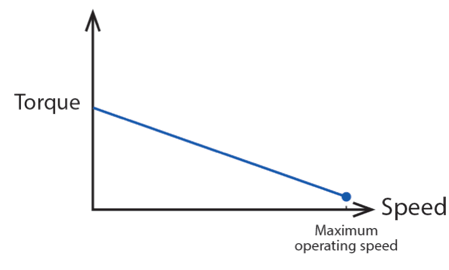 |
| (D) | 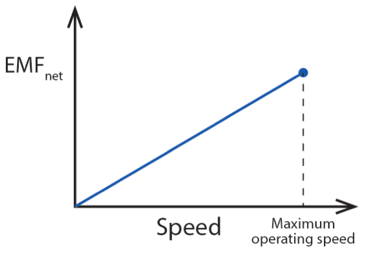 | 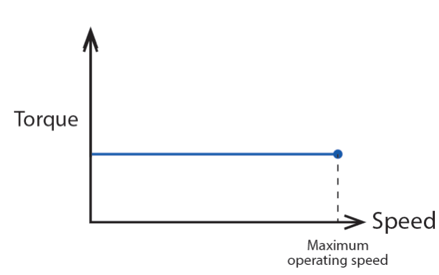 |
Question 10 (Generators)
The diagram shows a generator circuit connected with a switch and light bulb.
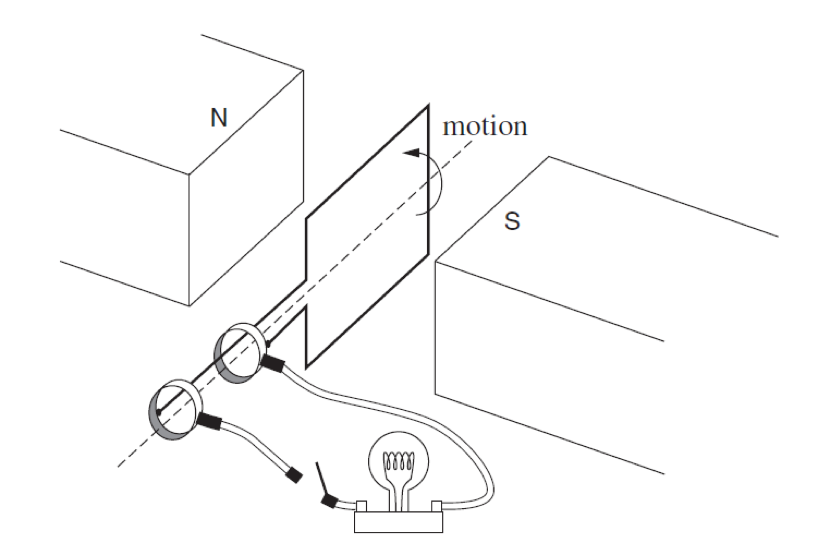
Initially the coils are in the vertical positionas shown in the diagram.
The generator is rotated by one revolution in the first second with the switch closed. It is then rotated by two revolutions in the next second.
| (a) | Identify the component that makes this an AC generator. Give a reason for your answer. | 2 |
| (b) | Comment on the brightness of the light bulb when the switch is closed. | 1 |
| (c) | Sketch a graph of current vs time for the two seconds.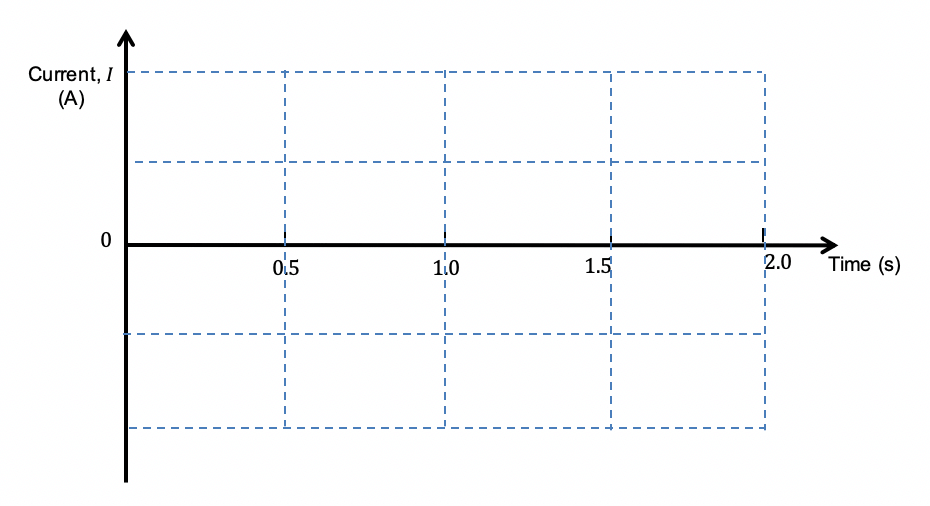 | 2 |
| (d) | State and explain ONE modification you would make to the Generator that will result in production of a steadier EMF. | 2 |
Question 11 (Generators)
In one design of a generator, a powerful magnet rotates on an axle at a frequency of 10 Hz between two fixed coils connected in series as shown below.
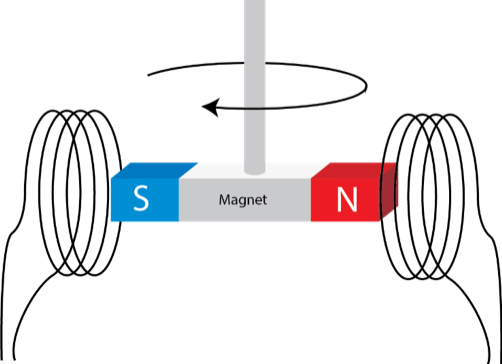
| (a) | Is the output voltage AC or DC? Give a reason. | 2 |
| (b) | Sketch the output voltage vs. time for two rotations.
| 2 |
Question 12 (Transformers)
A generator at a coal fired power station produces 700 MW of electrical power at 23kV. A transformer is used to increase the voltage to 330 kV.
| (a) | Complete the design of a transformer by determining the following:
| 2 |
| (b) | Hence calculate the secondary current. | 2 |
| (c) | Sketch a graph of \frac{V_p}{V_s} = \frac{N_p}{N_s} for an ideal transformer. | 2 |
Solutions to HSC Physics Module 6 Practice Questions
Access our library of HSC Physics Module 6 Questions
Test your understanding of any Electromagnetism concept in just 10 minutes with Learnable’s customisable quizzes with over 500+ questions for each module. Instant feedback provides immediate adjustments on your misconceptions. Try Learnable for free now.

Learnable Education and www.learnable.education, 2019. Unauthorised use and/or duplications of this material without express and written permission from this site's author and/or owner is strictly prohibited. Excerpts and links may be used, provided that full and clear credit is given to Learnable Education and www.learnable.education with appropriate and specific direction to the original content.
